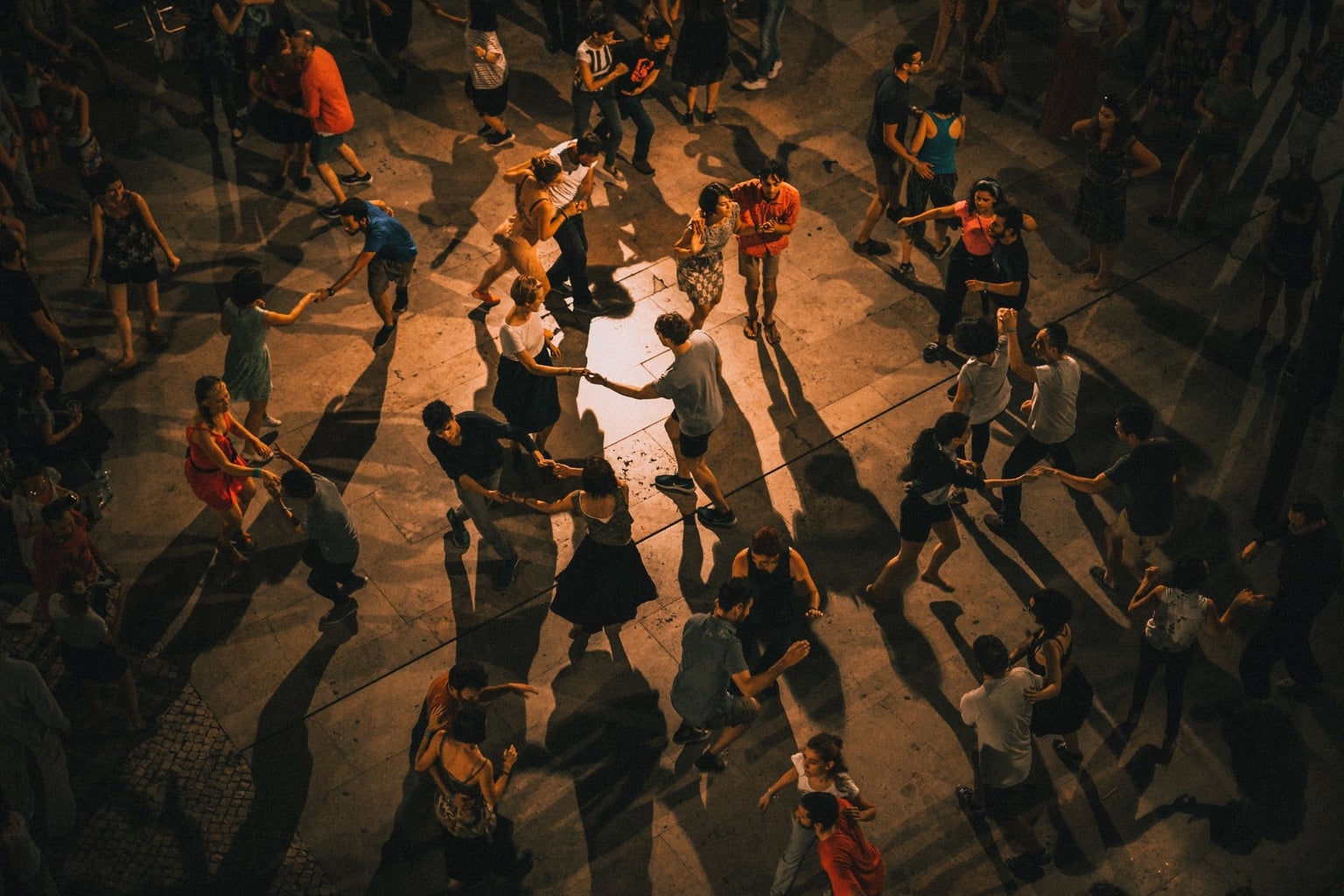The summer of 1518 was a strange time in the city of Strasbourg. It all began when a woman stepped into the streets and began dancing wildly and uncontrollably to music no one else could hear. She did this for 6 days, passing out from exhaustion each night just to awake in the morning and dance the day away again. By the time she was done several dozen people had joined her and the manic flash mob grew and grew until as many 400 people had fallen victim.
This event is called the “Dancing Plague,” but don’t let the typical connotation of the word “dance” confuse you—residents of this town didn’t exactly form a Conga Line and throw a banger that lasted three months. The afflicted were covered in sweat, blood, and bruises. They didn’t stop to eat or drink. They were visibly unhappy about their dancing and when able to break out of their trance, even just for a moment, would beg for help. As many as 100 people literally danced themselves to death, suffering from heart attacks, strokes, or just pure exhaustion.

Considering the abundance of victims and that it all happened between July and September, the Dancing Plague created quite the disturbance. Local authorities knew they had to do something. At the time there were a couple theories that tried to explain what was going on. The clergy chalked it up to the vengeance of Saint Vitus and local physicians believed that the craze was brought on by “hot blood.” Ultimately the physician’s opinion was favored. Their solution? Encourage the dancing. The idea was that if these people needed to dance, they should dance until it was out of their system. They set up a wooden stage and hired musicians. AS you might imagine, this was the wrong thing to do. Making the dancing plague a spectacle simply caused more people to fall victim.
Today there are many theories of what caused the Dancing Plague but the most widely accepted is mass hysteria. Mass hysteria is the rapid spread of illness signs and symptoms for which there is no plausible organic origin. This occurs in places where fear and stress are prevalent. The mass hysteria theory checks out. In the years leading up to the Dancing Plague, the residents of Strasbourg dealt with issues such as famine, disease and poverty. The symptom of dancing can be explained by taking a look into the religious practices of the town: Once a year they would dance in front of Saint Vitus’s statue to worship him. It was widely believed that saints cured sickness. With the intense stress and fear of death constantly looming and the belief that Saints were in control of their fate, people were vulnerable to this “plague.”
Believe it or not, the dancing only ceased in September when the afflicted were taken to a mountain top shrine where they prayed and asked to be freed from the plague.


